Edit: The 12 Days of ChristMASS competition is over. Thanks for reading and be on the lookout for any future competitions.
What is Periodization?
Before discussing periodization models, one must know what periodization is. Periodization is simply organizing training into periods that follow each other in a specific order, and encompasses manipulations of volume, intensity, frequency, rep ranges, exercise selection, exercise order and rest intervals. Single weeks of training are called microcycles, longer blocks of training (typically 4-8 weeks) are known as mesocycles, and the entire training plan is known as a macrocycle (typically a year or a season). The three common periodization models are linear, block, and daily undulating periodization, or DUP.
Linear Periodization
Put simply, linear periodization, also known as western periodization, is a training model in which intensity increases over time as volume decreases. The original western model involved athletes going through specific phases for preparation, competition, and transition back into the off-season.
This model typically begins with a higher volume, lower intensity cycle. This is called a hypertrophy mesocycle. This cycle provides the athlete a base of fitness with new structural adaptations (hypertrophy) and muscular endurance. Next, the strength mesocycle will increase the athlete's ability to use the increased mass for higher force output.
Lastly, there is typically a power mesocycle. In this cycle, an athlete will lift a slightly lighter weight as explosively as possible. This will increase power output (Power = Force x Velocity). If a heavy weight is lifted slowly, there is a low power output. Likewise, if a light weight is lifted quickly, there is still a low power output. However, if a moderate weight is lifted as quickly as possible, there is a greater power output. See Figure 1. This phase is the most sport specific and may involve moving their own bodies, opponents' bodies, balls, rackets, bats, paddles, etc.
Figure 1
American Council on Exercise Personal Trainer Manual
However, it's important to note that not all sports specifically require a power phase. A mesocycle where the athlete intentionally uses lighter weight without completing a higher level of volume wouldn't make as much sense for a power lifter. A power lifter needs to train to lift as much weight as possible, regardless of the velocity at which it is lifted. It is important to tailor any periodization model to your own goals. This is the principle of specificity, also known as the SAID principle, that we discussed in the "What is Intensity? - Explained" article.
Double progression example 1 in the "All Fitness Programs the Same? -Progression" article is a simple example of linear periodizaion. I've expanded it for you here:
Session 1: 3x8x200
Session 2: 3x7x205
Session 3: 3x6x210
Session 4: 3x7x210
Session 5: 3x6x215
Session 6: 3x5x220
Session 7: 3x6x220
Session 8: 3x5x225
Session 9: 3x4x230
As you can see, as volume decreases, intensity increases linearly.
In future articles, we will discuss Block Periodizaion and Daily Undulating Periodization (DUP) as well as how elements of each can be taken and combined into one macrocycle.
Thanks for reading! At the end of the 12 days of ChristMASS, I am giving away a $100 Amazon gift card! There are multiple ways to enter. The following things will give you one entry each:
- Like the Treadaway Training Faceboook page.
- Share the Treadaway Training Facebook post containing any 12 days of ChristMASS article.
- Like any 12 days of ChristMASS post on Facebook.
- Tag 3 people on any 12 days of ChristMASS Facebook post.
- Repost any 12 days of ChristMASS intagram post (and tag me so I can see it).
This gives you 5 possible entries each day with 1 additional entry for liking the Facebook Page. God Bless and I'll see you tomorrow for the 12 Days of ChristMASS Day 2!


